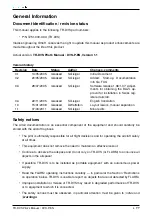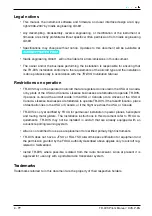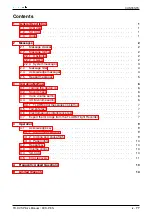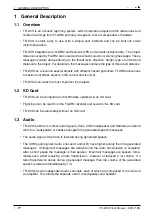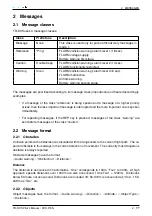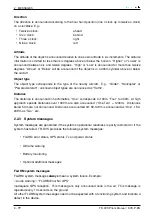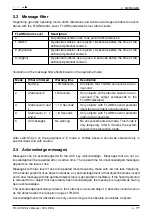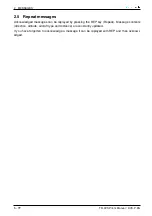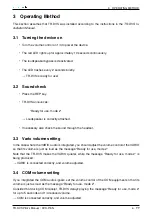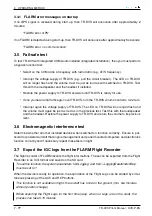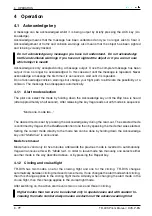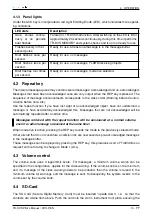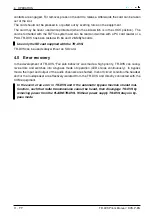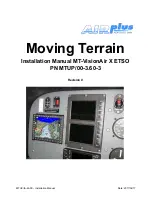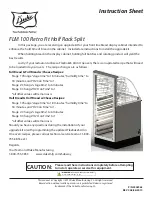
2
MESSAGES
Direction
The direction is announced according to the hour hand position (one o’clock up to twelve o’clock)
on a clockface. E.g.:
•
Twelve o’clock:
ahead
•
Six o’clock:
behind
•
Three o’clock:
right
•
Nine o’clock:
left
Altitude
The altitude of the object is announced relative to one’s own altitude in six increments. The altitude
information is omitted for less than six degrees above or below the horizon. “Higher“ or “Lower“ is
announced between six and twelve degrees. “High“ or “Low“ is announced for more than twelve
degrees. “Above“ or “Below“ will be announced if the object is in a 300m cylinder above or below
the aircraft.
Object type
The object type corresponds to the type of the nearby aircraft. E.g. “Glider“, “Helicopter“ or
“Powered Aircraft“ ; unknown object types are announced as “Traffic“.
Distance
The distance is announced in hectometres, “One“ corresponds to 100m, “Four“ to 400m. At high
approach speeds distances over 1000m are also announced (“One Two“ = 1200m). Distances
below 50m are not announced. Distances are rounded off; 50-149m is announced as “One“, 150-
249m as “Two“, etc.
2.2.3
System messages
System messages are generated if the system’s operational readiness is partly restricted or if the
system has failed. TR-DVS produces the following system messages:
•
FLARM error status, GPS status, Tx and power status
•
Airframe warning
•
Battery monitoring
•
Optional additional messages
FLARM system messages
FLARM system messages
always
mean a system failure. Example:
<
Audio warning
>
“FLARM Error No GPS“
Inadequate GPS reception. This message is only announced once in the air. This message is
repeated every 10 seconds on the ground.
All other FLARM system messages need not be expected with a functioning system and indicate a
defect in the device.
3 -
??
TR-DVS Pilot’s Manual
•
DVS-P-EN



